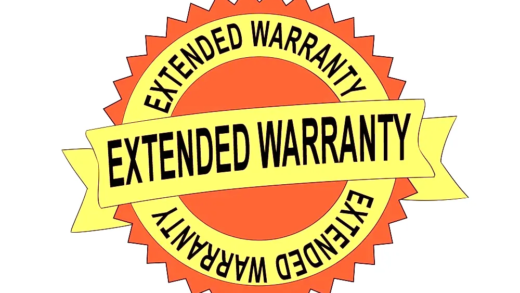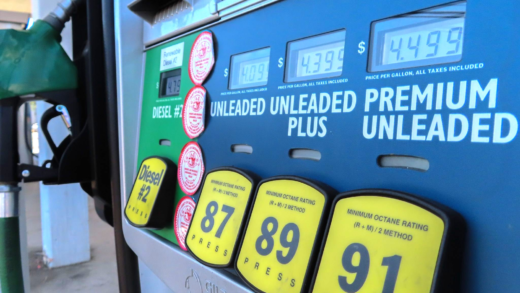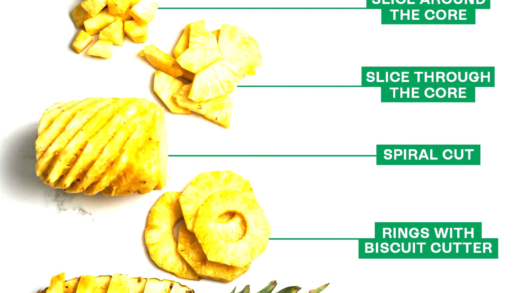The 2007 Ford Escape Hybrid offers a unique blend of features, fuel efficiency, and owner insights. Competing models in 2007 included the Toyota Prius and Honda Civic Hybrid, showcasing the diverse hybrid market. Technological advancements have led to improved battery life and efficiency in modern hybrids compared to 2007 models. Owner experiences highlight significant fuel savings, comfort, and some maintenance concerns, providing a well-rounded perspective for potential buyers.
What Does the 2007 Ford Escape Hybrid Look Like?
The 2007 Ford Escape Hybrid presents a compact SUV design that blends functionality with a touch of modern aesthetics. Its exterior features a robust yet sleek profile, characterized by rounded edges and a distinctive front grille. The hybrid model stands out with unique badging that signifies its eco-friendly credentials. The size of the Escape Hybrid makes it ideal for urban settings, while its height provides a commanding view of the road.
Inside, the cabin is spacious and practical, accommodating up to five passengers comfortably. The materials used are durable, with a focus on sustainability, reflecting the hybrid’s environmental ethos. Key interior features include:
- Power windows and locks
- Air conditioning
- AM/FM radio with CD player
- Optional leather seating for a more luxurious feel
Overall, the 2007 Ford Escape Hybrid combines style, comfort, and eco-friendliness, making it an appealing choice for environmentally conscious drivers.
Key Features of the 2007 Hybrid Cars
The 2007 hybrid car features reflect significant advancements in automotive technology. One standout aspect of these vehicles is their dual powertrain system, which consists of a gasoline engine paired with an electric motor. This combination enhances fuel efficiency and reduces emissions, appealing to environmentally aware consumers.
Some notable features of the 2007 hybrids include:
- Regenerative braking, which captures energy during braking and uses it to recharge the battery.
- Smart energy management systems that optimize the balance between electric and gas power, providing a seamless driving experience.
- Eco-friendly materials in construction, aligning with the sustainability goals of hybrid vehicles.
- Advanced safety features such as anti-lock brakes and stability control, ensuring driver and passenger safety.
These features not only contribute to the vehicle’s performance but also underscore the growing trend towards eco-conscious driving in 2007.
How Do 2007 Hybrids Differ from Traditional Gas Cars?
The 2007 hybrids showcase several key differences compared to traditional gas cars, primarily in their engineering and efficiency. A major distinction lies in their propulsion systems. While gas cars rely solely on internal combustion engines, hybrids utilize both an electric motor and a gasoline engine. This dual system allows hybrids to achieve better fuel economy and lower emissions.
Other significant differences include:
- Fuel Efficiency: Hybrids typically offer higher miles per gallon (MPG) ratings compared to conventional gas vehicles, making them more economical over time.
- Performance: The electric motor provides instant torque, allowing for quicker acceleration at lower speeds, which is advantageous for city driving.
- Maintenance: Hybrids often have less wear on the engine due to the use of electric power, potentially leading to lower maintenance costs.
Understanding these differences is crucial for buyers considering the switch from traditional gas vehicles to a hybrid model like the 2007 Ford Escape Hybrid.
Fuel Efficiency Ratings of the 2007 Ford Escape Hybrid
The 2007 Ford Escape Hybrid boasts impressive fuel efficiency ratings that highlight its eco-friendly nature. The vehicle achieves approximately 34 miles per gallon (MPG) in the city and around 30 MPG on the highway. These numbers are notably higher than many traditional gas vehicles of the same era, making the Escape Hybrid a more economical choice for daily driving.
To put this into perspective, the fuel efficiency of the 2007 Escape Hybrid can save drivers significant amounts at the pump. For instance, if you drive an average of 15,000 miles a year, you could save hundreds of dollars compared to a conventional SUV that averages around 20 MPG. This makes the Escape Hybrid not just a greener option but also a more cost-effective one.
In summary, the fuel efficiency ratings of the 2007 Ford Escape Hybrid demonstrate its commitment to offering a sustainable driving experience while minimizing fuel costs for its owners.
Environmental Benefits of Driving a 2007 Hybrid Car
Driving a 2007 hybrid car, such as the Ford Escape Hybrid, comes with several notable environmental benefits. Firstly, these vehicles produce fewer emissions compared to traditional gas-powered cars. By utilizing both a gasoline engine and an electric motor, the Escape Hybrid significantly reduces its carbon footprint, contributing to cleaner air and a healthier environment.
Moreover, the use of regenerative braking technology allows the vehicle to capture energy that would typically be lost during braking. This energy is then used to recharge the battery, enhancing the overall efficiency and sustainability of the car. The 2007 Escape Hybrid is designed with eco-friendly materials, further aligning with environmentally conscious practices.
In essence, choosing to drive a 2007 Ford Escape Hybrid not only benefits the owner economically but also promotes a more sustainable and environmentally friendly lifestyle.
Common Issues with the 2007 Ford Escape Hybrid
While the 2007 Ford Escape Hybrid is generally well-regarded, potential owners should be aware of some common issues reported by users. One frequent concern involves the battery system. Over time, hybrid batteries can degrade, leading to decreased performance and increased repair costs. Although many owners report satisfactory battery life, it is wise to check the health of the battery before purchasing a used model.
Another issue is related to the vehicle’s electrical components. Some owners have experienced problems with the electrical system, which can cause warning lights to illuminate on the dashboard unexpectedly. Regular maintenance and diagnostic checks can help mitigate these issues.
Lastly, like many SUVs, the 2007 Escape Hybrid may face typical wear and tear on its suspension and brakes. Ensuring that these components are regularly inspected can help maintain the vehicle’s performance and safety.
In conclusion, while the 2007 Ford Escape Hybrid offers numerous benefits, potential buyers should be mindful of these common issues to make informed decisions.
Other Hybrid Cars Available in 2007
In 2007, the hybrid car market was expanding rapidly, offering consumers a variety of options alongside the 2007 Ford Escape Hybrid. Other notable models included:
- Toyota Prius: Known for its pioneering role in the hybrid market, the Prius offered exceptional fuel efficiency, achieving around 48 MPG combined. Its unique design and eco-friendly reputation made it a popular choice.
- Honda Civic Hybrid: Combining the reliability of the Civic with hybrid technology, it provided around 40 MPG. It appealed to those looking for a compact car with good efficiency.
- Saturn Vue Green Line: This SUV hybrid offered a spacious interior and around 32 MPG, appealing to families seeking an eco-friendly vehicle.
- Ford Escape Hybrid: While already discussed, it’s worth noting its position among competitors, offering a balance of space, efficiency, and utility.
These models highlighted the growing interest in hybrid technology, providing diverse options for consumers prioritizing fuel efficiency and environmental impact.
Technology Comparison: 2007 Hybrids vs. Modern Hybrids
The 2007 hybrids were groundbreaking for their time, but the evolution of hybrid technology since then has been significant. Key differences include:
- Battery Technology: Modern hybrids often use lithium-ion batteries, which offer higher energy density and longer life compared to the nickel-metal hydride batteries commonly used in 2007 models.
- Powertrain Efficiency: Advances in hybrid systems have improved overall efficiency, allowing modern hybrids to achieve higher MPG ratings and smoother transitions between electric and gas power.
- Integration of Technology: Features like adaptive cruise control, lane-keeping assist, and improved infotainment systems are now standard in many hybrids, enhancing the driving experience.
- Eco-friendly Materials: Newer hybrids often incorporate more sustainable materials in their construction, aligning with the ongoing push for eco-friendliness.
Overall, while the 2007 Ford Escape Hybrid was a significant step forward, modern hybrids offer enhanced performance, efficiency, and technology integration, making them more appealing to today’s consumers.
Owner Experiences with 2007 Hybrid Cars
Owners of the 2007 Ford Escape Hybrid often share a mix of experiences. Many appreciate the fuel savings and eco-friendliness, with reports of reduced trips to the gas station. Common sentiments include:
- Fuel Savings: Owners frequently mention how the hybrid system allows for significant savings, especially for those who commute regularly.
- Comfort and Space: The spacious interior and comfortable seating are often highlighted as major benefits for families.
- Maintenance Concerns: Some users report issues with battery performance over time and electrical system glitches, prompting discussions about long-term reliability.
- Driving Experience: The smooth and quiet ride of the hybrid system is often praised, making for a pleasant driving experience in both city and highway settings.
These insights help potential buyers understand what to expect from the 2007 Ford Escape Hybrid, balancing the vehicle’s strengths against its possible drawbacks.





Comments are closed.